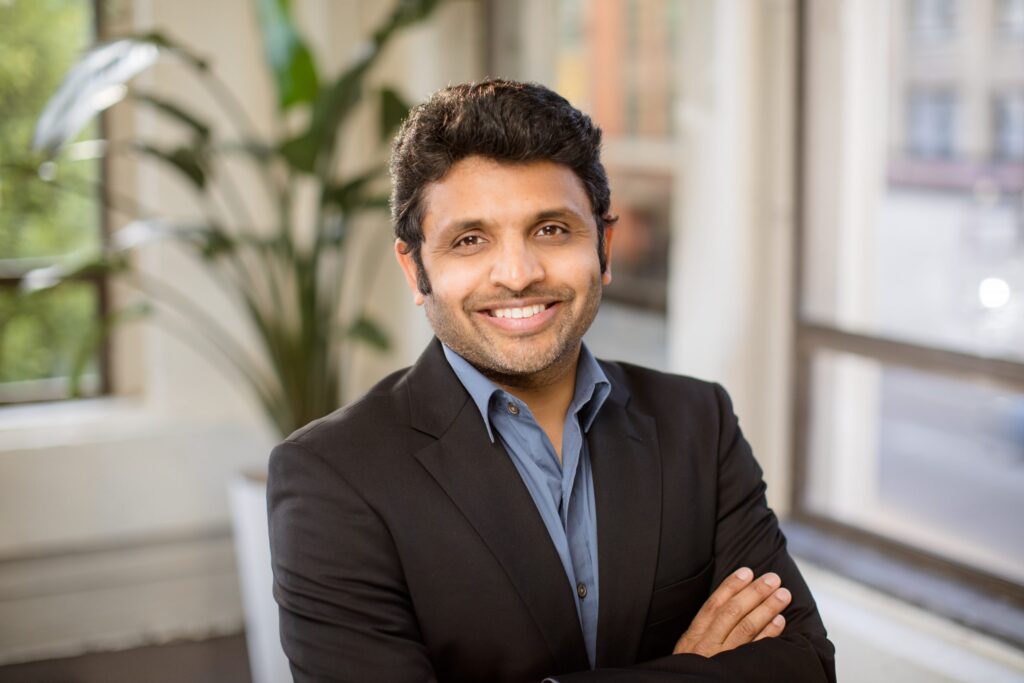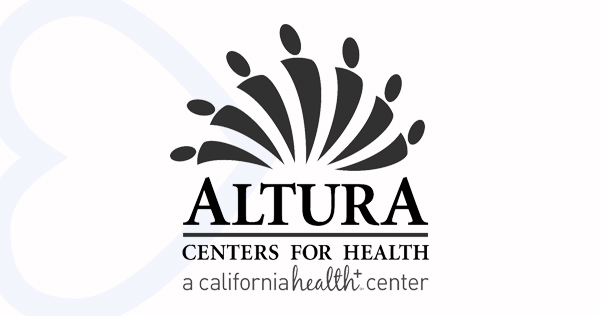
On April 6, Meg Aranow, the Senior Vice President Platform Evangelist for WELL™ Health, joined two other healthcare leaders to discuss the lessons learned from the COVID-19 vaccine deployment in a webinar hosted by Becker’s Hospital Review and sponsored by WELL™.
As one of the most difficult logistical challenges the healthcare industry has ever faced, the COVID-19 vaccine deployment raised issues regarding healthcare inequities, confusion about eligibility, and vaccine hesitancy. The webinar also included a thoughtful discussion about whether the pandemic initiated any positive outcomes and its lasting influence on the public health system. Joining Aranow on the panel was Caleb Sandford, COO of Tiburcio Vasquez Health Center (TVHC), and Dr. Rajiv Pramanik, Chief Medical Informatics Officer at Contra Costa Health Services (CCHS). Both health systems are federally qualified health centers (FQHCs) located in Northern California.
COVID vaccine distribution plan challenges
In discussing the factors that slowed down the COVID vaccine distribution plan, Sandford and Pramanik agreed that confusion over eligibility, constant jurisdictional changes, and the inconsistent supply of vaccines contributed to the operational challenges they faced in vaccinating their communities. One of the key issues the pandemic highlighted is the inequities in dispensing the vaccine to certain populations due to the lack of digital access and social-economic challenges.
Aranow pointed out that when vaccines first started being distributed, they were sent to places such as academic medical centers that had the largest reach. However, the COVID vaccine distribution plan didn’t take into account the importance of sending vaccine communication to the most vulnerable communities and ensuring they get vaccinated. It took two months before vaccines were distributed to FQHCs and the neighborhoods that had some of the biggest needs.
The health leaders discussed the most efficient way to get 150 million people vaccinated is to create an electronic online platform so people can sign up. The downside is this method excludes those without digital knowledge and access. In addition, many in this group are extra vulnerable since they are also frontline workers. Sandford pointed out some people who were eligible didn’t get vaccinated because they were a part of a safety net group that required more manual patient outreach. Unfortunately, many organizations just aren’t equipped to do the extra phone calling.
The panel consensus was vaccine deployment and eligibility should have been based on age since this would have been more efficient and less confusing for health systems to navigate. This would have also made it easier for providers to verify if someone is eligible. Sandford estimated 30 percent more people could have been vaccinated if the whole country was following an age-based system.
Why there is vaccine hesitancy and how to solve for it
Another challenge with the COVID vaccine distribution plan has been vaccine hesitancy not only among the public but also among some health care professionals. Thankfully, negative attitudes toward the vaccines are lessening as more people in the U.S. are choosing to get vaccinated after their initial worry passed. Caleb commented, “One of the biggest travesties is that COVID-19 vaccinations have become a political issue and it’s really unfortunate that healthcare is ever a political issue. Particularly with this, where every person that we vaccinate is not going to die. If you get vaccinated, you will not die from this disease. It’s that simple.”
Pramanik believes that developing trust and education is a key factor in helping communities overcoming vaccine hesitancy. He explained that FQHCs can do targeted marketing in specific communities through outreach. They can also use education as a tool to develop trust so that whenever vaccine deployment is needed, people will trust that their health center is providing them a valuable service. Sandford observed that although healthcare providers aren’t marketing agencies, they do need to find a way to communicate messaging that resonates with the vaccine-hesitant population. Aranow added using technology to amplify patient communication is one way to build trust with communities that are hard to reach.
Post-pandemic silver linings
When asked if they saw any silver linings in this experience, Sandford said one positive is that COVID-19 has connected many people to public health care; first, through testing and now, through vaccinations. Pramanik added this achievement goes back to the idea of FQHCs building trust with the communities they serve. Post-pandemic, the hope is when people need health care in the future, they will go to their public health center which can then engage them in more health services and get them on track to living healthier lives.
Sandford said that another silver lining from the pandemic is that it has exposed the misconception that the safety net population doesn’t know how to use technology. In doing telehealth, they discovered most of their patients in this group have smartphones or computer access which means FQHCs can now implement other digital services. Aranow cited that almost 70 percent of people over 65 have smartphones and use texting.
Pramanik also noted COVID forced the government and the payers to notice that FQHCs could give care to their communities beyond the traditional face-to-face visit. “We can now present value in web portals and digital communications where we didn’t before because before, we didn’t trust that they would use it,” he said.
The FQHC executives were asked how they felt about the optimistic projections that the pandemic will be over by the summer. Pramanik answered that the best way to plan for your future while living your life in the present is to get vaccinated. He said, “Then you can hope for what will happen in the future. But this way, you’re safe, and you’ve done the right thing.” Sandford thinks the end of COVID depends on how many individuals make the choice to be vaccinated although he feels there will always be some restrictions in place. He said, “Whether you as an individual can go back to some level of normalcy will depend on the individual decisions that you make.”
The importance of technology in public health
The conversation turned to how public health needs to significantly change to manage a large-scale health crisis. The last time the U.S. dealt with a pandemic as wide-spreading as COVID was the 1918 Influenza pandemic, yet public health policies haven’t evolved much since then. In discussing the long overdue and necessary changes that public health needs to address for the 21st century, Aranow said, “We need to acknowledge the role of technology and acknowledge that people are mobile. It can’t all be localized delivery of care. There must be normalization of procedures across states. We just need an entire refresh. I think that is the most significant lesson to come from the pandemic.”
Pramanik agreed, pointing out that using technology and analytics is helpful to understanding how to best implement public health policies. Today, health systems have more access to data than ever before and they need to continue to make data-driven decisions when it comes to processes and looking at interventions for better outcomes.
Sandford added one of the crucial points in public health is having access to primary care for everyone which is currently a challenge in the U.S. He predicted that artificial intelligence will replace many primary care protocols over the next 10 years. Patients are now more comfortable with telehealth and using technology so health systems can now provide services needed to meet public health goals without having to rely so much on human power.
Ultimately, everyone acknowledged the COVID-19 pandemic and subsequent vaccine deployment propelled healthcare professionals to think about public health and health care delivery in a different way. Aranow commented, “Hopefully, we’ll learn those lessons well.” Sandford agreed, “These lessons learned ultimately benefit the patient. Many people don’t have time to go see their doctor so to be able to provide care virtually is giving the patients what they want. The winners here are the community, the people out there that need health care.” ♥


